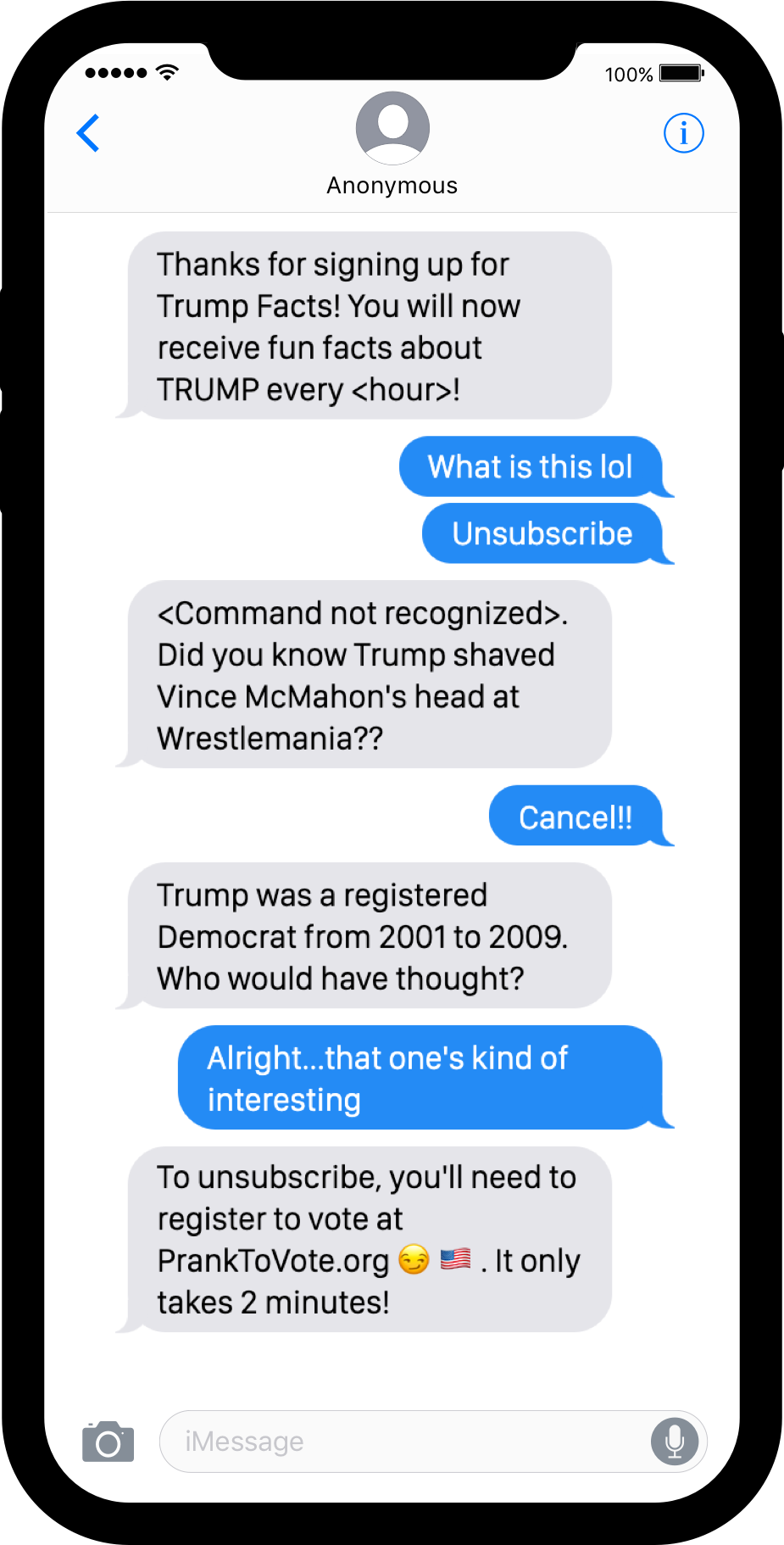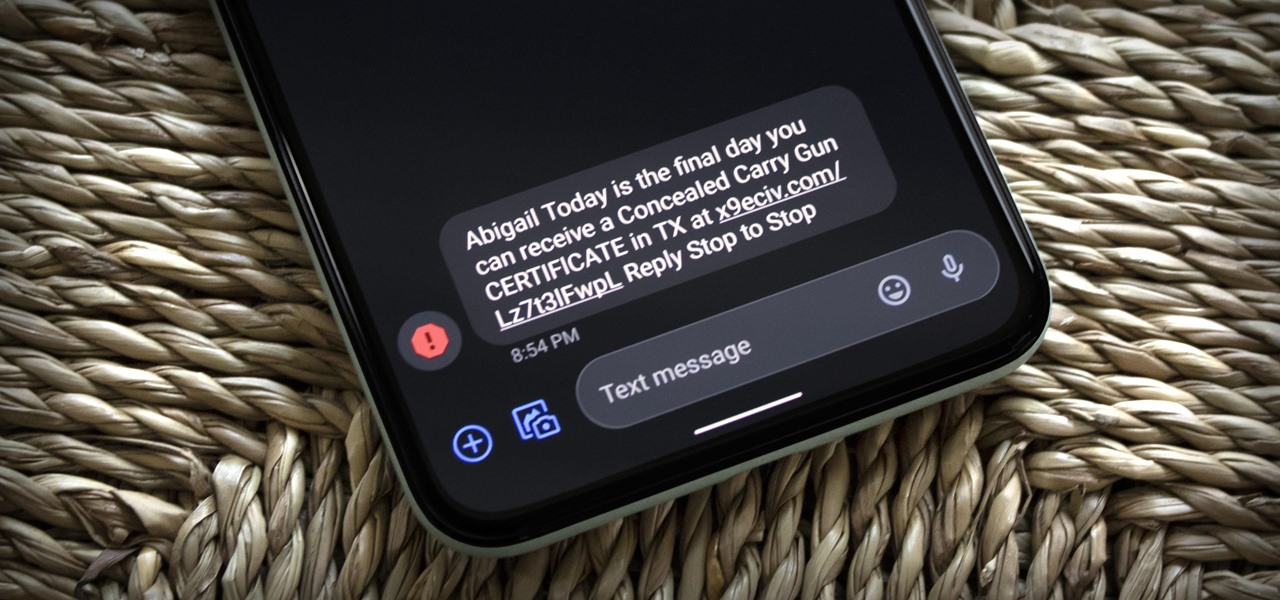Spam texts prank has become a significant concern for many individuals worldwide. With the rise of digital communication, unwanted messages have increased dramatically, causing frustration and even financial risks. In this article, we will explore the ins and outs of spam texts prank, how to identify them, and most importantly, how to protect yourself.
As technology advances, so do the methods used by spammers to deceive innocent users. Spam texts prank can come in various forms, from fake promotions to malicious links. Understanding the nature of these messages is crucial in protecting your personal information and privacy.
This guide will provide you with actionable tips and expert advice to help you navigate the world of spam texts prank. By the end of this article, you will be equipped with the knowledge and tools to safeguard yourself against potential threats.
Read also:Maria Sanchez The Inspiring Journey Of A Modernday Icon
Table of Contents:
- Introduction to Spam Texts Prank
- Types of Spam Texts Prank
- Risks Associated with Spam Texts Prank
- How to Identify Spam Texts
- Ways to Prevent Spam Texts Prank
- Reporting Spam Texts
- Legal Protections Against Spam Texts
- Tools to Combat Spam Texts
- Spam Texts Statistics
- Conclusion and Call to Action
Introduction to Spam Texts Prank
Spam texts prank refers to unsolicited messages sent to mobile devices with the intent to deceive or exploit the recipient. These messages often disguise themselves as legitimate offers or urgent notifications, making them difficult to distinguish from genuine communications. The prevalence of spam texts prank has grown exponentially due to the widespread use of smartphones and messaging apps.
In recent years, spammers have become more sophisticated in their tactics. They employ advanced techniques such as spoofing numbers and crafting convincing content to trick recipients into clicking malicious links or providing sensitive information. This has led to an increase in cases of identity theft and financial fraud.
It is essential to educate yourself about spam texts prank to avoid falling victim to these schemes. By understanding the characteristics and risks associated with spam messages, you can take proactive steps to protect yourself and your personal data.
Types of Spam Texts Prank
Phishing Messages
Phishing spam texts aim to trick recipients into divulging sensitive information, such as passwords or credit card numbers. These messages often appear to be from reputable organizations, such as banks or online retailers, and urge recipients to click on a link to "verify" their account details.
Smishing Scams
Smishing, a portmanteau of "SMS" and "phishing," involves sending text messages that contain malicious links. Once clicked, these links can install malware on the recipient's device or redirect them to fraudulent websites designed to steal personal information.
Read also:Theron Thomas Genius Unveiling The Mind Behind The Legend
Promotional Spam
Promotional spam texts typically advertise products or services that are too good to be true. These messages often promise free gifts, discounts, or exclusive offers in exchange for personal information or payment. Recipients should exercise caution when responding to such messages, as they are often scams.
Risks Associated with Spam Texts Prank
Spam texts prank poses several risks to individuals and businesses alike. Some of the most significant dangers include:
- Identity theft
- Financial fraud
- Data breaches
- Malware infections
- Emotional distress
By engaging with spam texts prank, recipients may inadvertently expose themselves to these risks, leading to severe consequences. It is crucial to remain vigilant and take necessary precautions to mitigate these threats.
How to Identify Spam Texts
Identifying spam texts prank can be challenging, especially when they are crafted to mimic legitimate communications. However, there are several red flags to watch out for:
- Unfamiliar sender numbers or email addresses
- Urgent or threatening language
- Requests for personal or financial information
- Unrealistic offers or promises
- Links or attachments that seem suspicious
If you encounter a message with any of these characteristics, it is best to err on the side of caution and avoid engaging with it further.
Ways to Prevent Spam Texts Prank
Enable Spam Filters
Most mobile carriers and messaging apps offer spam filters that can help block unwanted messages. Enabling these filters can significantly reduce the number of spam texts prank you receive.
Be Cautious with Personal Information
Limit the amount of personal information you share online, especially on social media platforms. Spammers often use publicly available data to target potential victims.
Use Strong Passwords
Create strong, unique passwords for all your online accounts to prevent unauthorized access. Consider using a password manager to keep track of your credentials securely.
Reporting Spam Texts
If you receive a spam text prank, it is essential to report it to the appropriate authorities. In the United States, you can file a complaint with the Federal Trade Commission (FTC) by visiting their website or calling their toll-free number. Additionally, most mobile carriers provide options for reporting spam texts directly through their platforms.
Legal Protections Against Spam Texts
Several laws and regulations have been enacted to combat spam texts prank. The Telephone Consumer Protection Act (TCPA) in the United States, for example, prohibits companies from sending unsolicited text messages without prior consent. Violators of this law may face hefty fines and legal consequences.
Tools to Combat Spam Texts
Third-Party Apps
Various third-party apps are available to help combat spam texts prank. These apps often feature advanced algorithms to detect and block unwanted messages, providing an extra layer of protection for users.
Call Blocking Services
Call blocking services can also help reduce the number of spam texts prank you receive. These services work by identifying and blocking known spam numbers, ensuring that only legitimate messages reach your inbox.
Spam Texts Statistics
According to recent studies, spam texts prank have continued to rise in frequency and sophistication. In 2022 alone, an estimated 4.5 billion spam messages were sent globally, with a significant portion targeting mobile users. These statistics underscore the importance of staying informed and taking proactive measures to protect yourself against spam texts prank.
Conclusion and Call to Action
Spam texts prank pose a significant threat to individuals and businesses alike. By understanding the nature of these messages and taking appropriate precautions, you can minimize the risks associated with spam texts prank. Remember to enable spam filters, be cautious with personal information, and report any suspicious messages to the relevant authorities.
We encourage you to share this article with friends and family to help raise awareness about spam texts prank. Additionally, feel free to leave a comment below if you have any questions or suggestions. Together, we can work towards a safer digital environment for everyone.
For more information on cybersecurity and related topics, explore our other articles on the website. Stay safe and informed!

